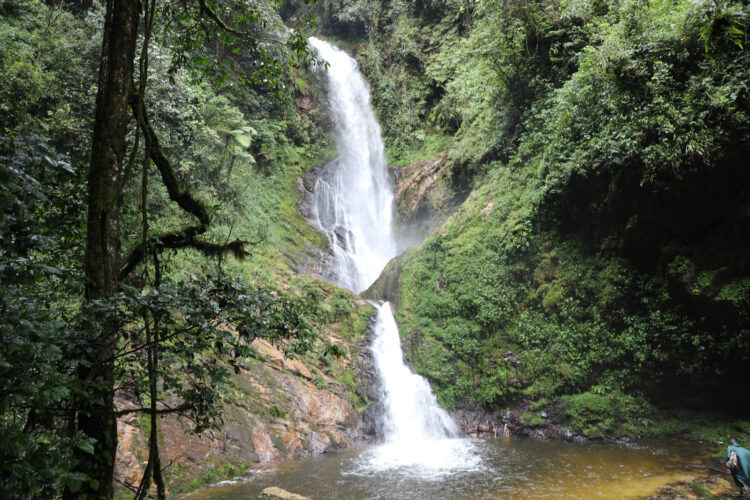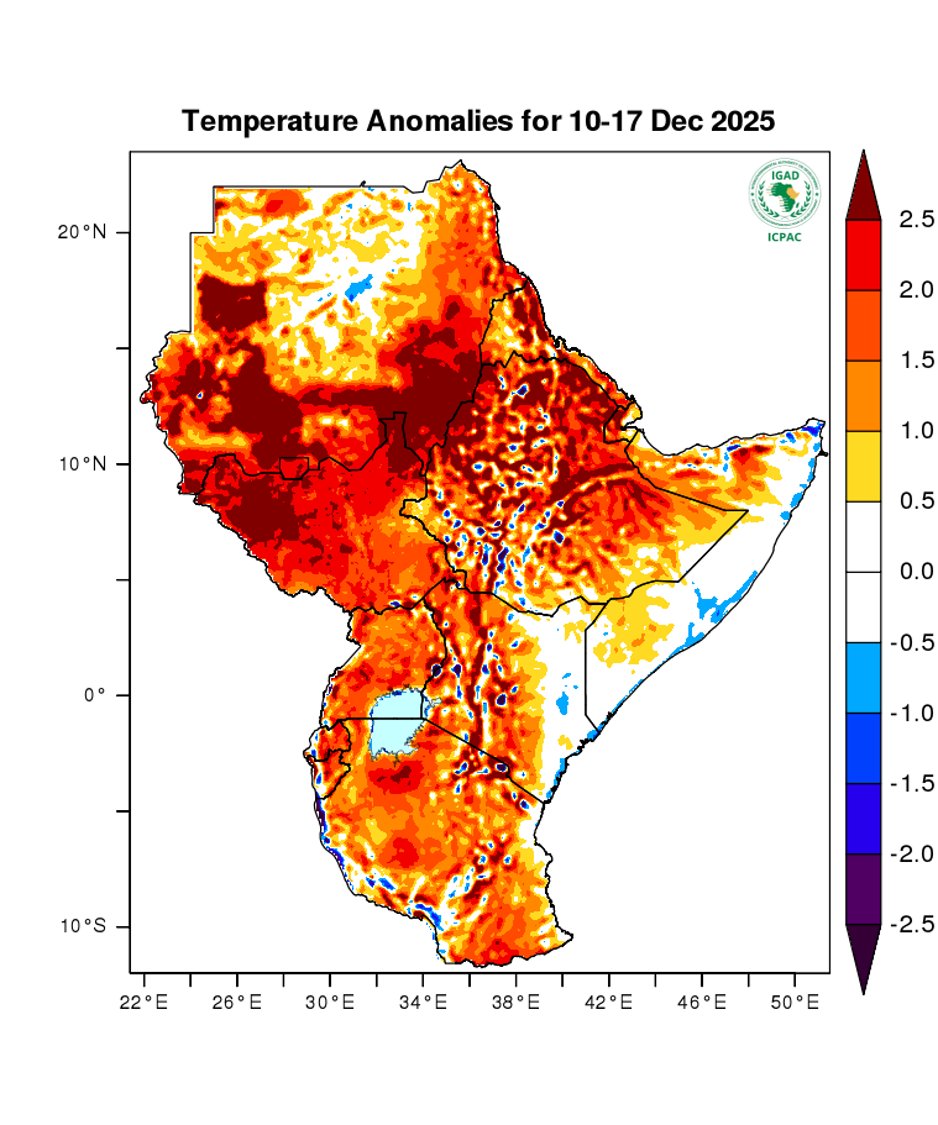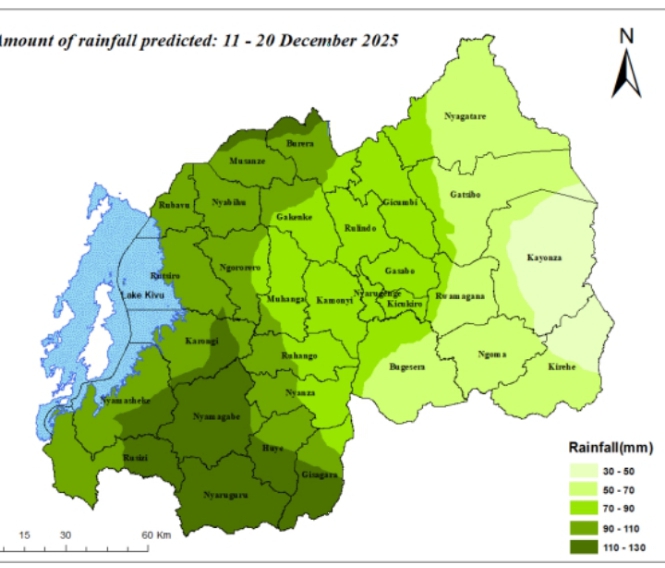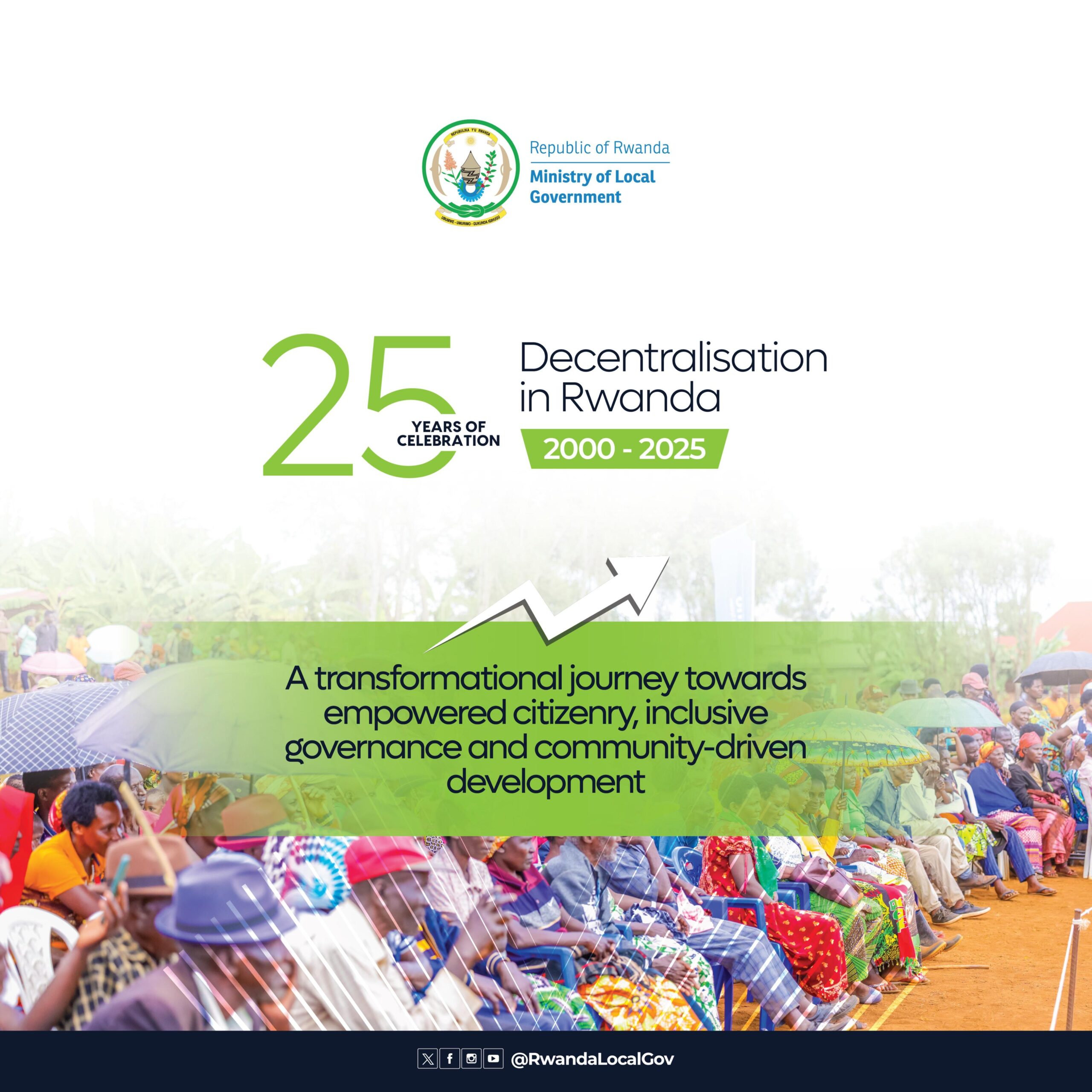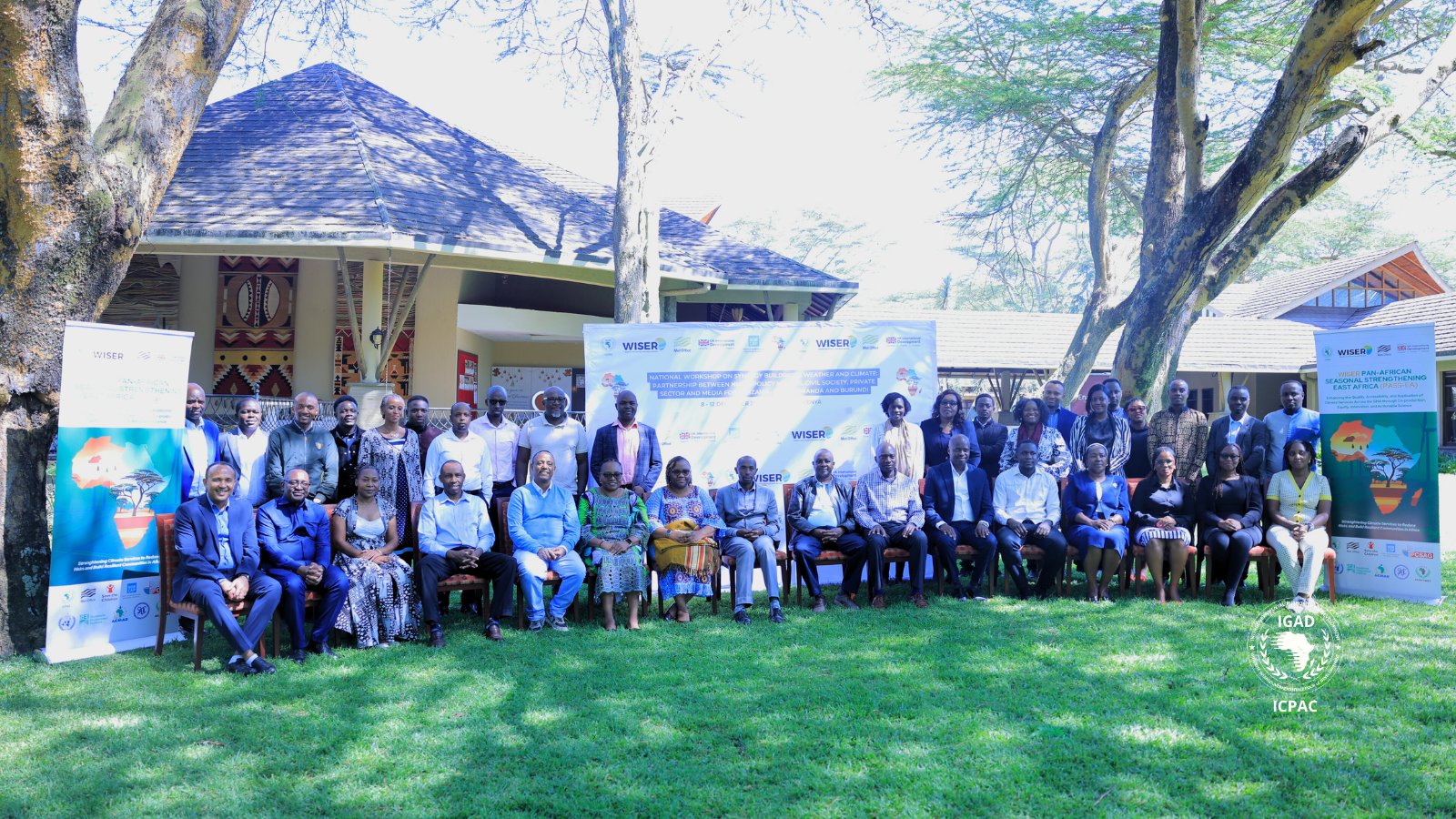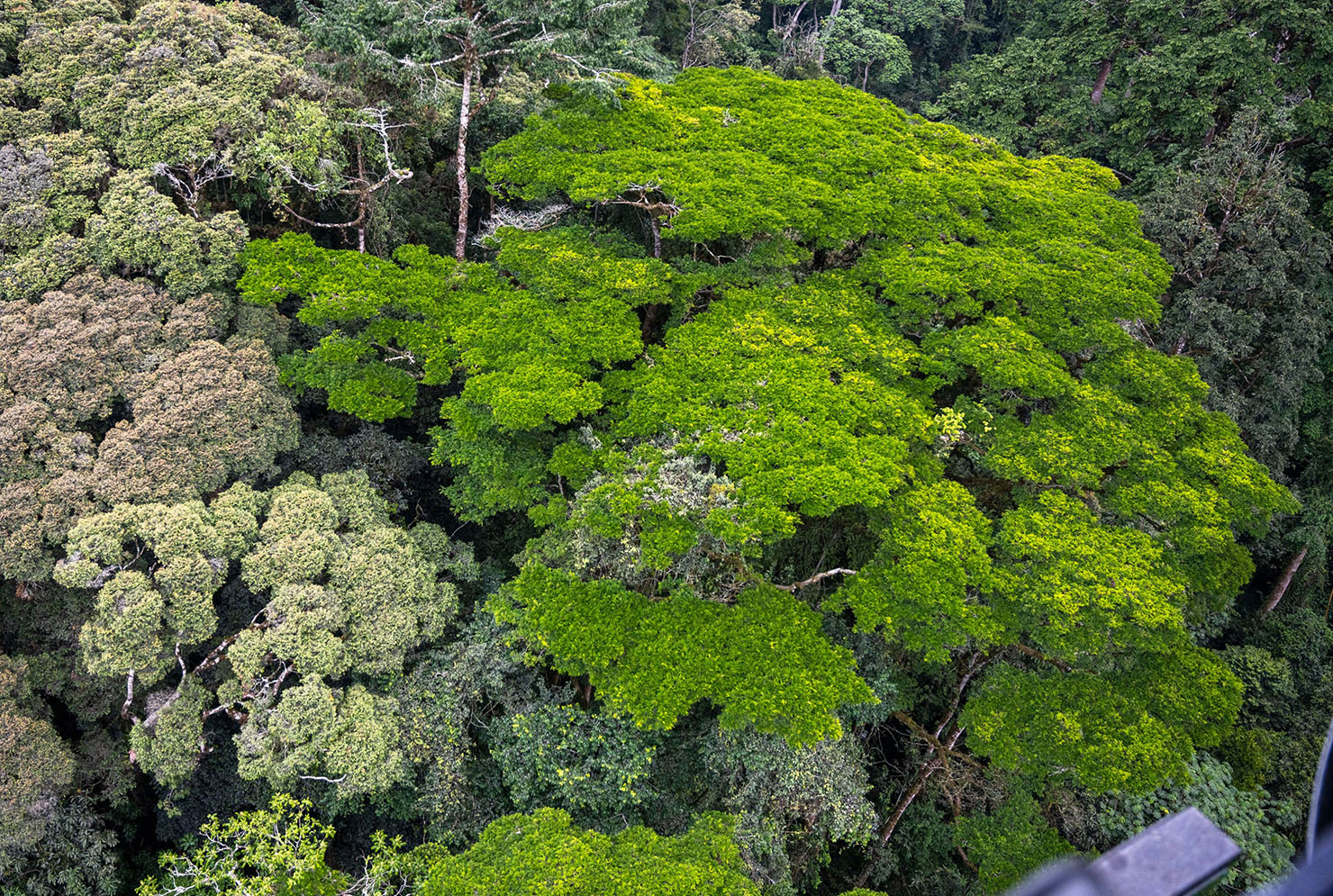
You might be drinking water from the Nzove or Kanzenze factories (Bugesera), experiencing rain in Rwanda, or breathing fresh, clean air devoid of pollutants. But what you may not realize is that Nyungwe Forest plays a vital role in these experiences.
Nyungwe is an ancient rainforest that the first people to settle in Rwanda encountered, and it’s possible that, centuries ago, it was connected to the Akagera National Park in the east and the Volcanoes National Park in the north-western part of the country.
Human settlement, agriculture, hunting, woodcutting, deforestation, and climate change over the years have reduced the forest’s area to around 1,019 km². Due to this transformation, it’s increasingly rare to encounter wild animals like elephants, leopards, buffaloes, and others that once roamed there.
How Nyungwe Provides Water to Rwanda and Africa
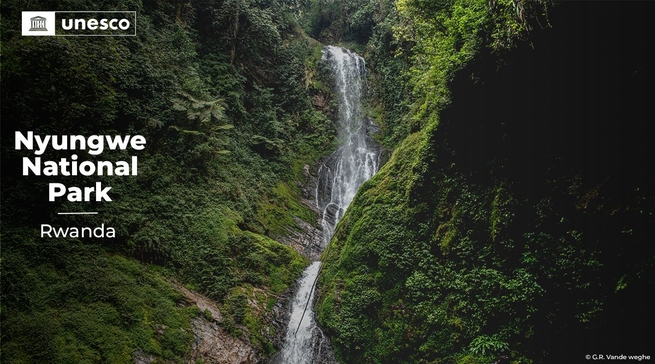
According to Meteo-Rwanda, the national meteorological agency, rainfall patterns depend largely on local topography. Forests, like Nyungwe, help generate moisture in the air through a process called evapotranspiration. This is when plants absorb water from the soil and release it into the air through their leaves. This moisture eventually condenses into clouds that bring rainfall.
Professor François Naramabuye, an expert in environmental science at the University of Rwanda, explains that the plants in Nyungwe contribute to this natural cycle by generating water vapor, which helps create the clouds that bring heavy rainfall. This is why Nyungwe experiences more rainfall than other parts of Rwanda, and its water sources never dry up during the dry season.
Nyungwe is the source of the major rivers that contribute to 75% of all water flowing through Rwanda. Some of its rivers feed into Lake Kivu, which eventually flows into the Congo River. Others feed into the Akanyaru and Nyabarongo rivers, which merge to form the Akagera River.
The Rusizi River, which originates from Lake Kivu, flows into Lake Tanganyika, and further downstream into the Lukuga River, the distant source of the Congo River. Meanwhile, Nyabarongo and Akanyaru contribute to the Akagera River, which flows into Lake Victoria and, eventually, the Nile.
In short, without Nyungwe, the people living in Rwanda, Burundi, the two Congos (Brazzaville and Kinshasa), Uganda, Tanzania, South Sudan, Sudan, and Egypt would either have to migrate or face dire consequences.
Nyungwe’s Role in Purifying the Air and Combating Global Warming
Professor Naramabuye further emphasizes that, beyond its role in water cycle regulation, Nyungwe’s trees help improve air quality by absorbing harmful carbon dioxide, a key greenhouse gas contributing to global warming. By absorbing CO2, the trees release oxygen, which is essential for both humans and animals, while mitigating the heat-trapping effects of carbon emissions.
He explains that excess carbon dioxide in the atmosphere can cause disruptions in rainfall patterns, leading to extreme weather conditions like either droughts or intense rainfall in certain regions. These carbon emissions also drive shifts in wind patterns, preventing even distribution of rain, leading to floods in some places while leaving others dry.
The trees of Nyungwe, along with its abundant plant life, help stabilize these climate changes. By preventing soil erosion, these plants also ensure that rainfall is absorbed into the ground, replenishing groundwater reserves and sustaining river systems.
Unique Wildlife and Flora of Nyungwe
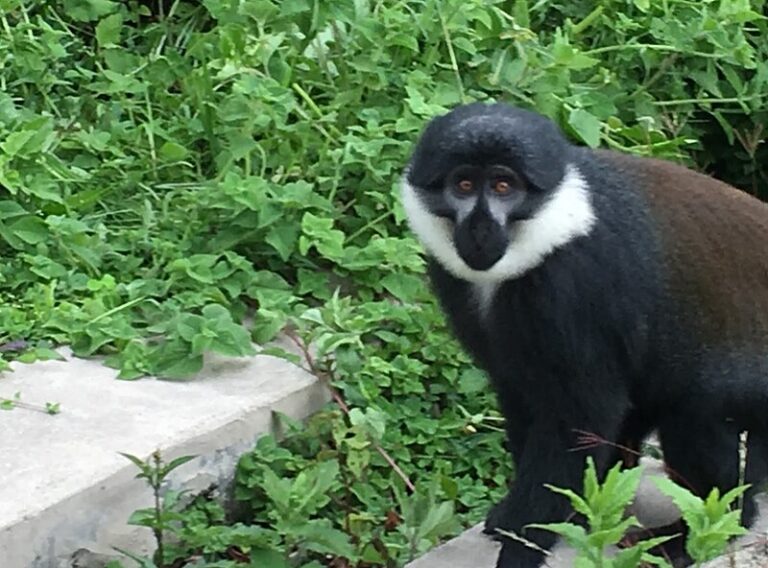
As you step into Nyungwe Forest, you’ll encounter diverse wildlife, including species such as bushbucks, golden monkeys, otters, and many others. These animals belong to a remarkable 13 distinct species, along with unique creatures like the “ifumberi” (a type of goat-like animal).
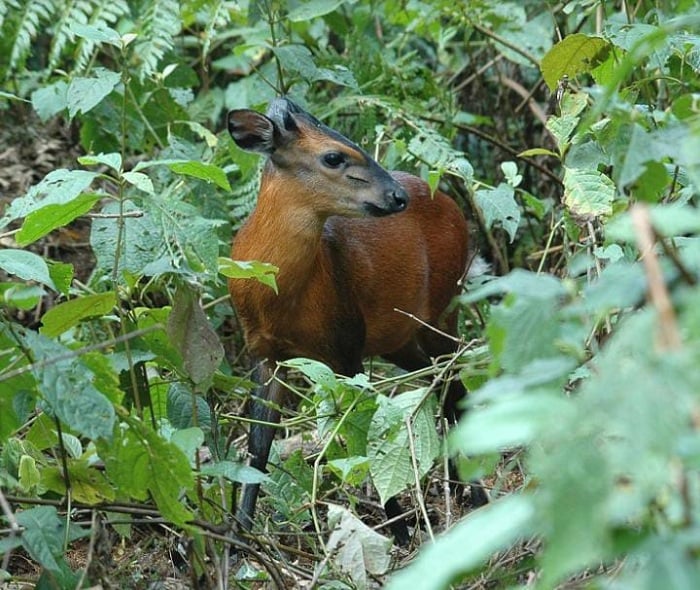
For those interested in spending more time in the forest, Nyungwe offers a variety of reptiles, including 26 different snake species, 11 of which are venomous, such as the forest cobra, boomslang, and black tree snake. Jean Damascène Ntakirutimana, a local tour guide, highlights these fascinating creatures as part of the forest’s unique biodiversity.
At the Kamiranzovu swamp within Nyungwe, you can observe a rich variety of bird species—approximately 300 types. The forest also contains over 1,068 species of plants, including more than 240 species of trees, some of which produce valuable hardwoods like the coveted “ribuyu.”
Nyungwe is also home to plants that have been traditionally used for medicinal purposes. For example, the “mushwati” plant is known for its ability to treat amoebic infections, though visitors are prohibited from picking or disturbing the plants.
An Ecologically Pristine Environment
With no mining, farming, or other harmful human activities taking place in Nyungwe, the forest’s rivers provide pure, unpolluted water—water you can trust for its quality. One such spring, known as Ndambarare, offers pristine water, as unspoiled as the forest that nurtures it.
